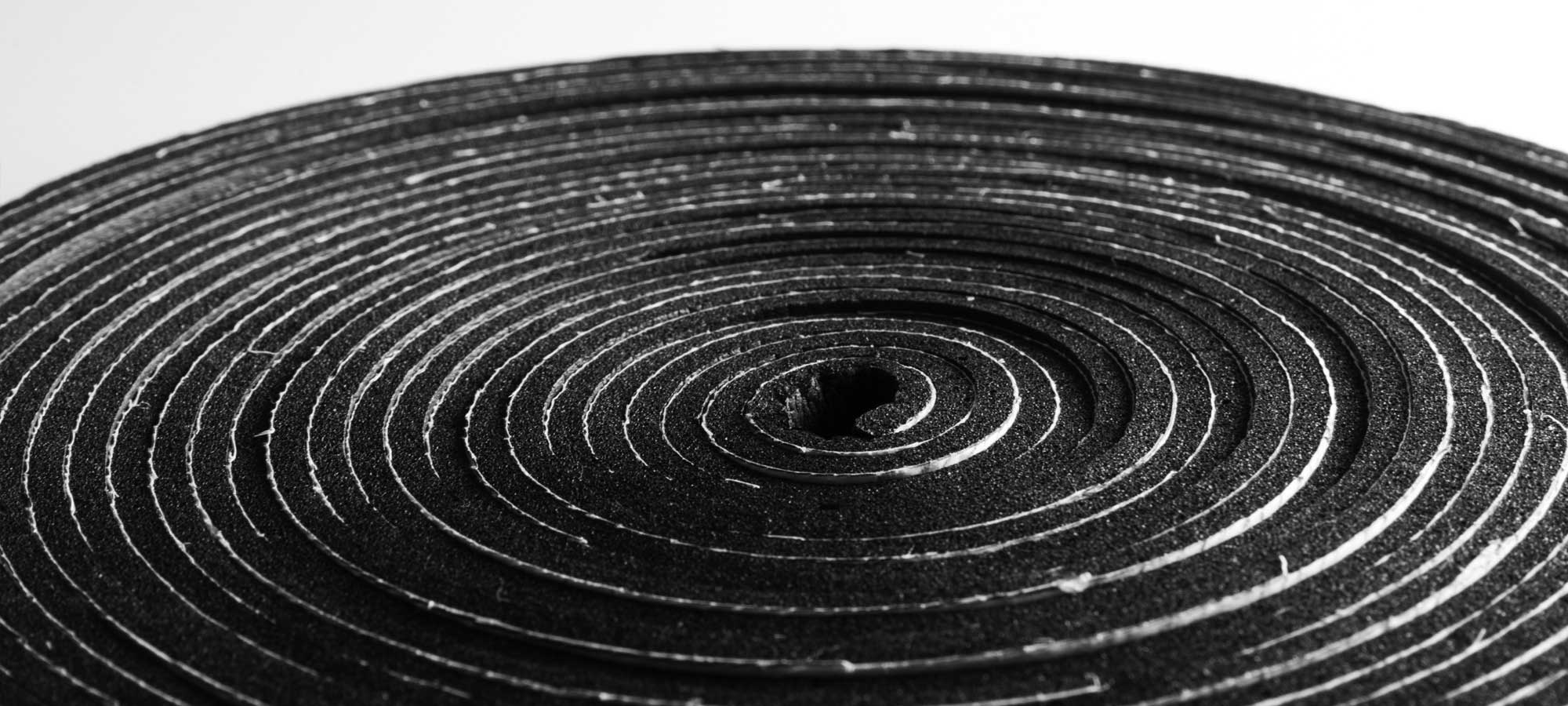When business owners need gaskets, strips, mats, sheets, or padding, they need to know the materials used to construct the products are the right ones for the job. The good news is that California Industrial Rubber Co. (CIR) makes it easy to find the right products for any application by working with a variety of materials, including rubber, foam, and sponge. Visit https://www.cir.net/ to view the company’s full list of wholesale products and manufacturing capabilities or discover more about these three versatile materials below.
What Is Foam Rubber?
Foam rubber is made from a mixture of liquid polymers such as polyols and polyisocyanates, water, and colorants. The unique texture associated with foam can be explained by the use of what’s known as a blowing agent. A blowing agent is a type of chemical gas that generates bubbles throughout the liquid mixture.
While all of the components of foam rubber are in liquid form when mixed, the introduction of water to liquid polymers generates heat, which sets the foam. It’s possible to make a variety of foam products using this method since the rigidity of the foam rubber varies based on the composition of the liquid polymer mix and the type of blowing agents introduced into the mixture. As a general rule, flexible foam rubber is made using carbon dioxide gas, while rigid foam rubber uses either hydrofluorocarbons or hydrochlorofluorocarbons as blowing agents.
What Is Sponge Rubber?
Although sponge rubber is manufactured similarly to foam rubber, it’s a mistake to assume these two materials are otherwise alike. While foam is classified based on its rigidity, sponge rubber comes in various forms. It can be made in soft, medium, and firm textures, but can also feature open-cell or closed-cell configurations.
Open-cell sponge rubber has interconnected cells designed to allow air, water, and other substances to pass through the loose material. These gaps are created through the introduction of sodium bicarbonate, which gets added to the heated mold as the other ingredients set.
Closed-cell sponge rubber is impermeable to air, water, and other substances. It’s generally denser than open-cell sponge but still has some air gaps. The difference is, in this case, that the gaps are formed using a chemical powder that decomposes upon the introduction of heat and pressure, producing nitrogen gas, which then goes on to close the cells.
How to Choose Between Foam and Sponge Rubber
The best way to determine what type of rubber will be the best material for a given application is to ask one of the professionals at CIR. As a general rule, though, foams are most useful in shock absorption and vibration control in an industrial context. Open-cell sponge rubbers are commonly used to form gaskets, seals, and protective padding, while closed-cell sponge is used for weatherstripping, thermal insulation, and soundproofing.
Learn More From CIR
Interested in learning more about the specific properties and applications of foam and sponge rubber? The next step is to visit https://www.cir.net/contact-us/ and reach out to a CIR representative with questions or concerns. They will be happy to set customers on the path to manufacturing success.
Media Contact
Company Name: California Industrial Rubber Co.
Contact Person: Media Relations
Email: Send Email
Phone: 559-268-7321
Country: United States
Website: https://www.californiaindustrialrubber.net/

